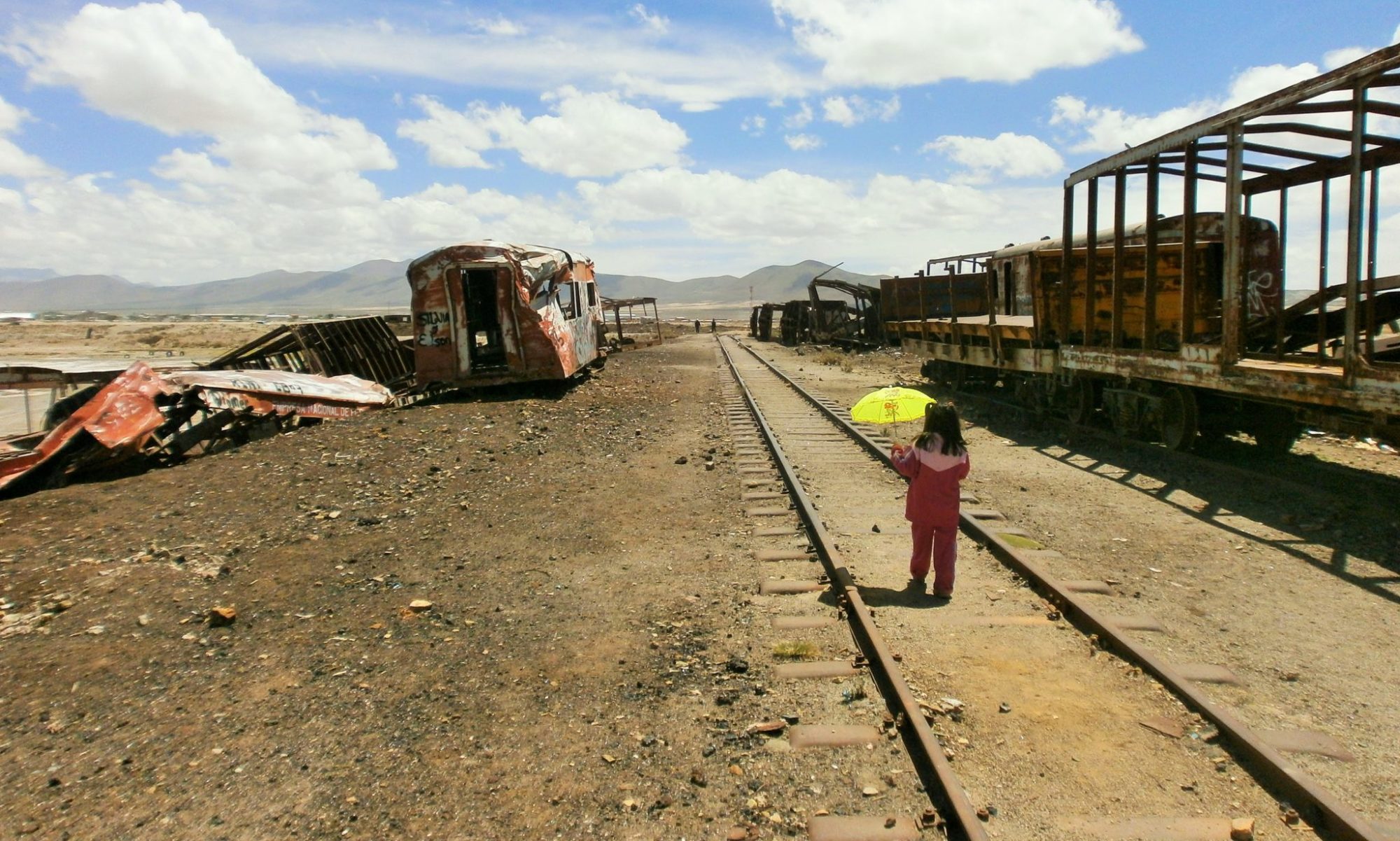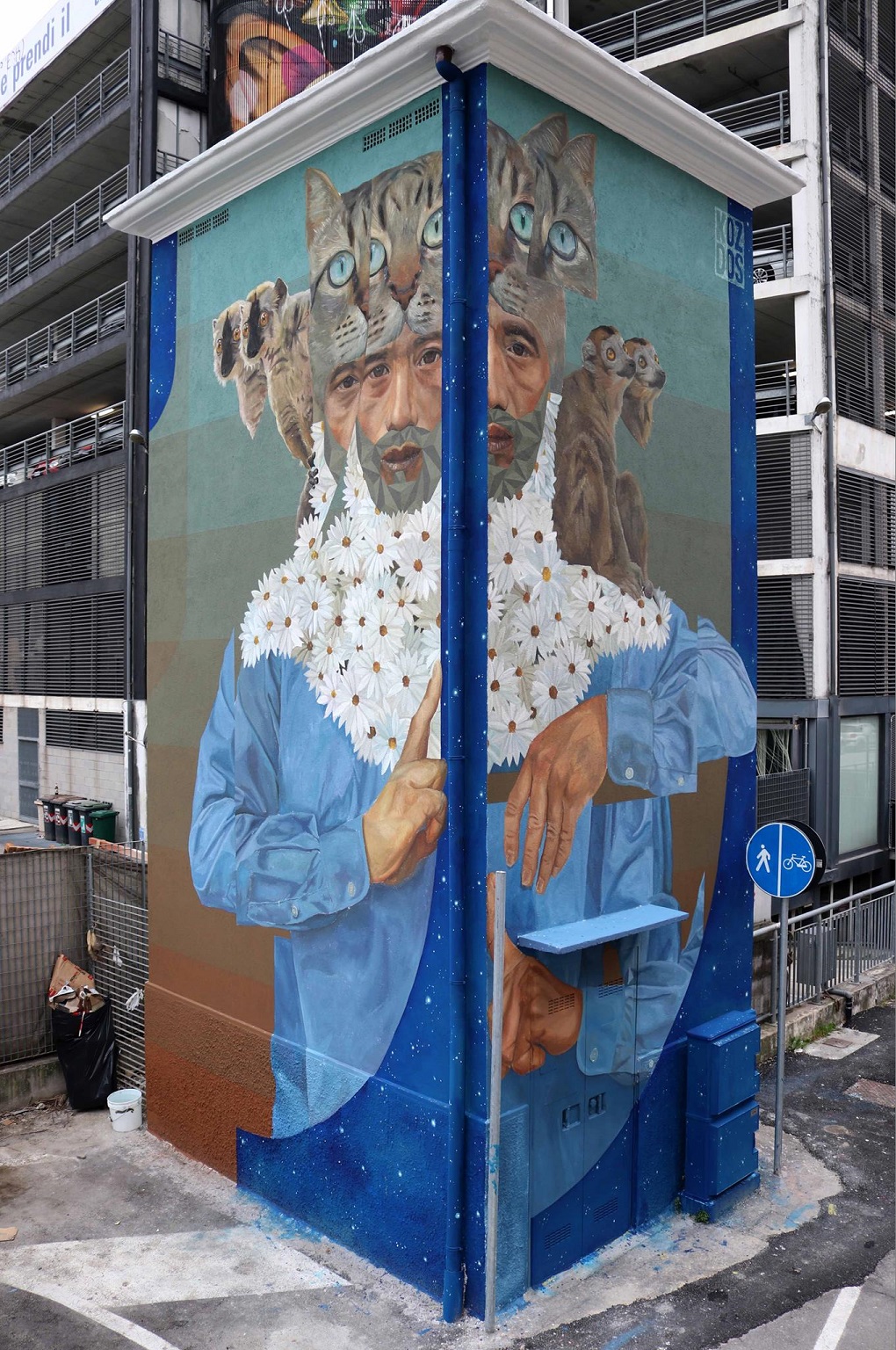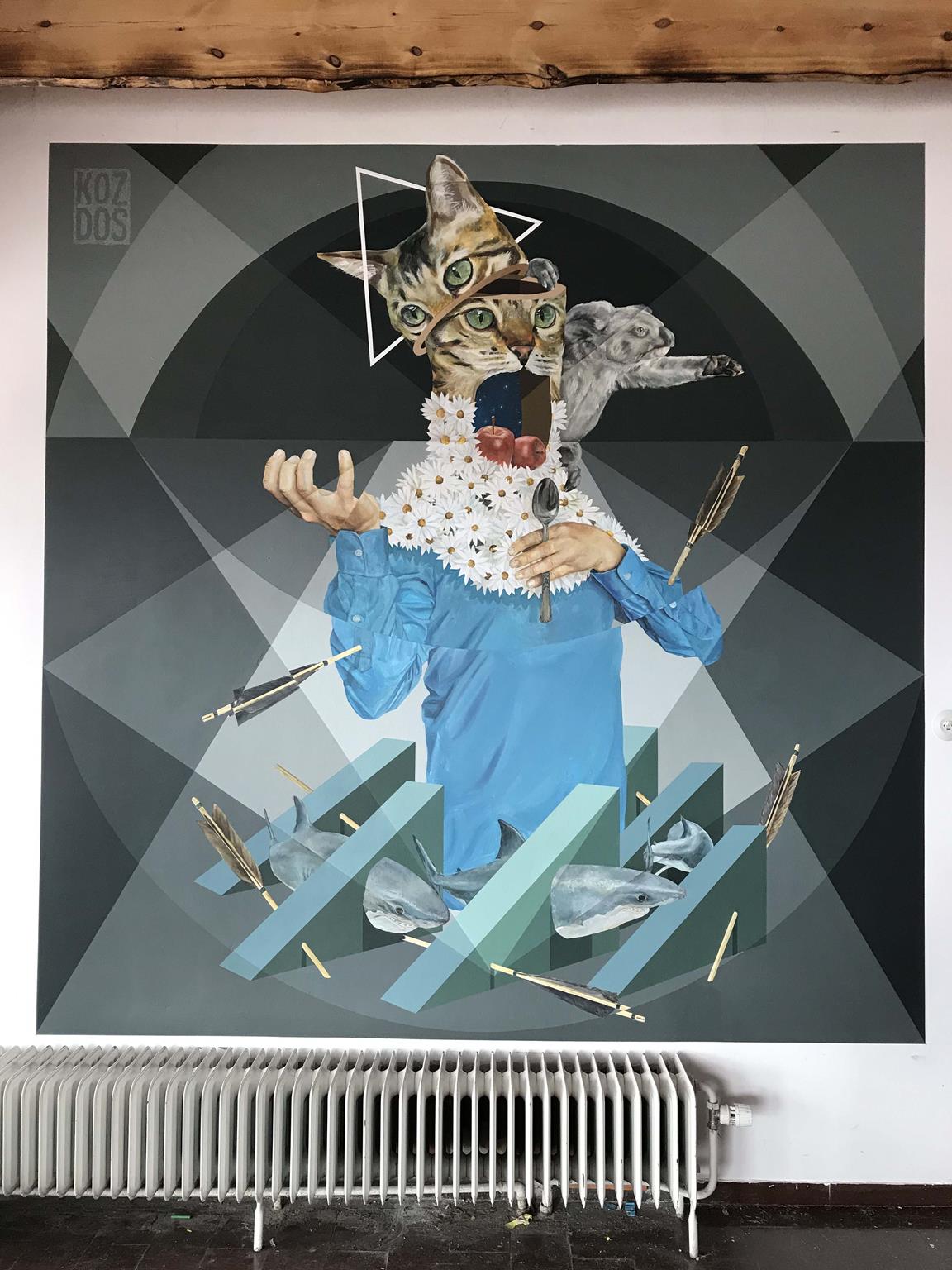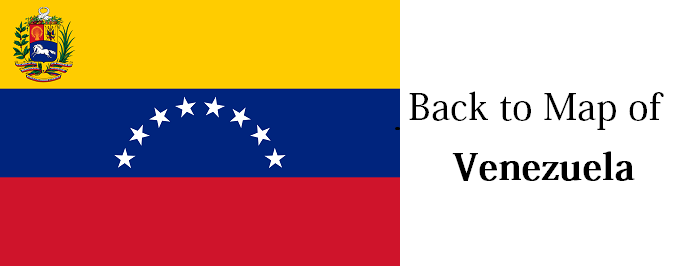The empathic and finger-pointing shamans are spread across the world, intended to evoke and draw attention, fascinating to look at but also thought-provoking. The Venezuelan artist KOZ DOS and the creative group around him have been creating magnificent murals across the globe for many years. Always with a touching message and a reminder of our connection with nature.

We discovered one of his works in Romania and came into contact with the awesome artist. He is clearly an idealist, an empathic visionary of the world itself with respect for life and the connection between man and nature. We human beings are part of mother nature and not above it, therefore we should function together with it. In his works, KOZ DOS constantly tries to remind us of this. We talked to him in an interview about his development, his work and his ideas. All photos in this article are from KOZ DOS and from fantastic photographer ANDREA BERLESE.
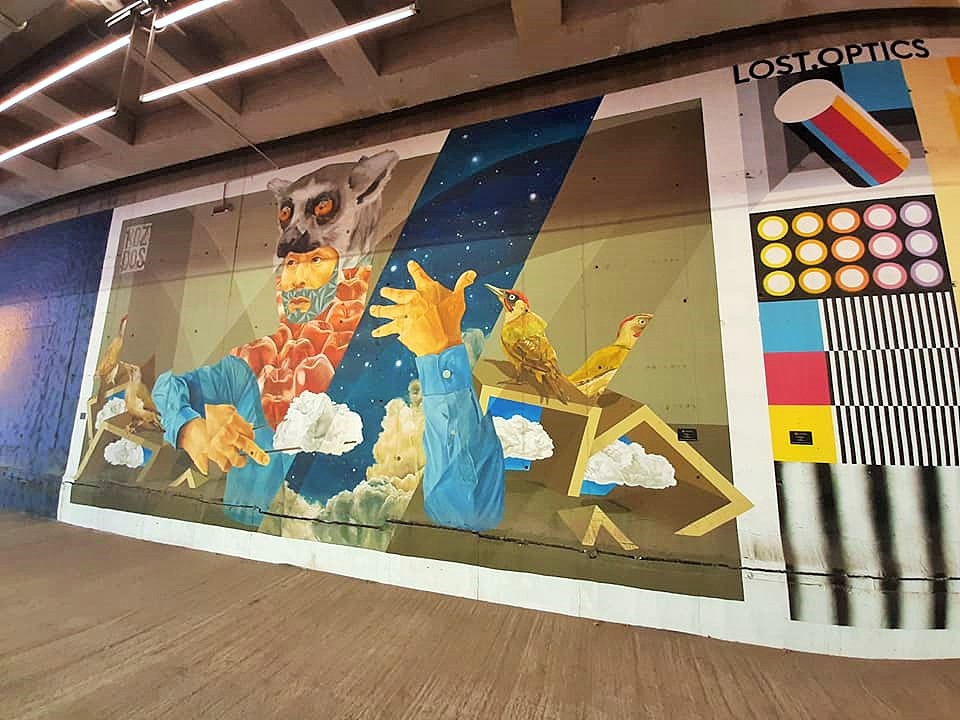
Hello KOZ DOS, we are very pleased to have the opportunity to interview you about your art. Let’s start from where we first came across your creations. You are from Venezuela, but the first work we discovered of yours was in Romania in the city of Timisoara at the Under Town Street Art Gallery. How did you end up painting there?
We are equally thrilled to be part of this interview, first of all, thank you very much for taking KOZ DOS into account and above all thank you for your beautiful documentation and contribution to art. Thank you! But about the artwork in Romania. Wow, that was a long time ago, but you can’t forget the good things, we had a great time there! Thanks to the invitation of Corina and Sergio, who made our participation possible. We developed one of our murals, I remember we were touring Europe and one of the stops was Timisoara. It was a pleasure to visit that beautiful city and work with them, we had a great time.
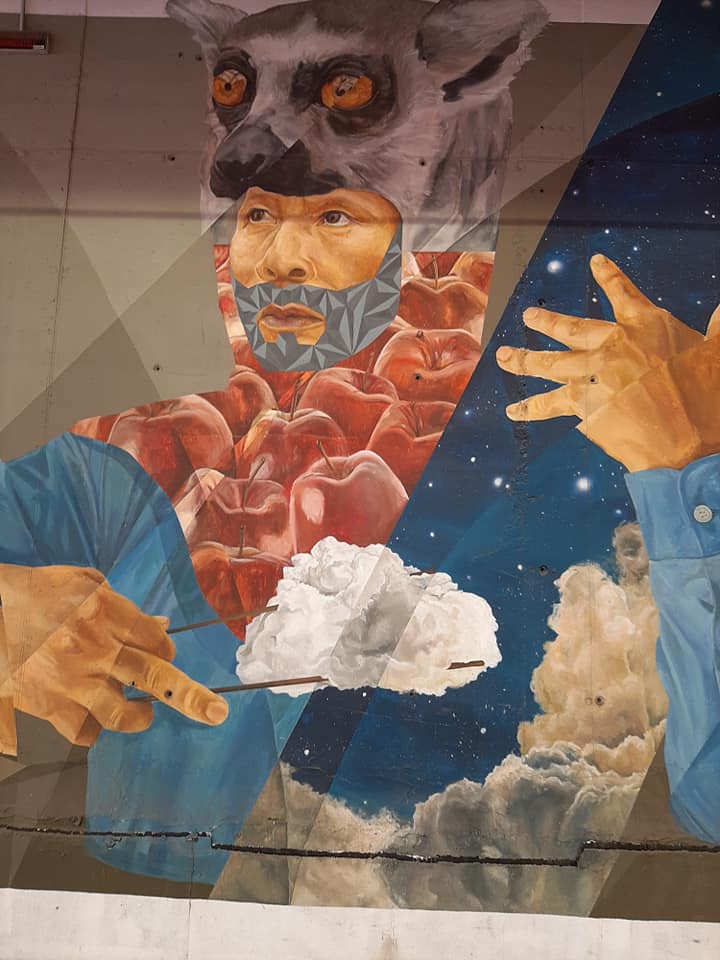
It is absolutely not a novelty that you paint a work of art so far away from your home country. There are countless of your great works all over the globe in many places. But before we talk about how it evolved, let’s talk about how it started. You’re from Venezuela, but from where exactly? Tell us about your beginnings. What was it like back then, so when did you start painting and when did you become more and more creative?
Interesting question, especially when you have been developing a work for years that will surely have another energy in the future, since KOZ DOS is always in constant evolution and growth. I say this because looking back a little, right now we are in another creative stage in every way, one thing has led to another and we are always willing to learn. I’m from the capital Caracas of Venezuela. There I had artistic inclinations since I was a child and let’s say that what made me have an artistic identity. Over time I went deeper into art, which was for me back then graffiti. I started painting graffiti in my city as any teenage boy starts in this world, learning self-taught, painting traditional graffiti letters, characters and enjoying the privilege of the ideology at the time of Venezuelan graffiti, this helped me to see the walls in another way and grow constantly as my contemporaries.

It has always been a nice adventure but at the beginning it was very exciting because it was the first time I just did it. As I said before, since I was a child I liked to draw and paint, when I say “child”, it is literal. So when I painted my first graffiti I had no problem to draw, or to make my first strokes. At the same time I liked it so much that I practiced a lot and did many practice exercises creating a methodology of study. I was very analytical and critical with what I did being a teenager at that time, this helped me to create a self-confidence and go out to the street to paint alone. Without problems. And whenever I painted I returned home with something new to practice and with new skills. Then, after painting alone for many months, I started to meet people who did the same activity and had the same concerns, and from painting in my neighborhood, I started to go out to paint in other neighborhoods, other cities, other countries and other continents. Thanks to graffiti! Talking about creativity, I think that creativity was always around me, you are not necessarily creative in the arts, you can be creative even to make a piece of furniture, a food, etc. I come from a very creative family in many areas and that unconsciously nurtured me.

Tell us more about what you paint. So your motifs and the themes you put on the wall. You are not the graffiti sprayer who paints letters, but you paint whole worlds and scenarios, you paint portraits and graphic connections between all that. Your huge photorealistic faces with graphic abstractions around them are certainly a trademark and they look like giant shamans. Tell us more about your motifs and why you paint what you paint.
Speaking of the concept and theoretical work, for some time I have been working in a general way on the confrontation between man and nature. This is a very personal concern that does not hesitate to be a universal concern, but it is the concern of how we human beings have appropriated in a macabre way spaces that have not been ours since our genesis, creating devastating damage to our ecosystem and flirting with an annihilation of ourselves. Mother earth will continue as it has done for millions of years, but we have the possibility of disappearing. The most worrying and selfish thing is that species that do not have the capacity to respond to our egocentric interests disappear because of our absurd whims. This concern and worry arose a long time ago, because since I was a child, I have had interaction with animals and nature. Many plants of all kinds saw me grow and animals within my geography that are even exotic were all around me. My father and my grandmother had much to do with this, with that friendly and gentle interaction with nature.

Although I lived in a neighborhood in Caracas, from fig trees, birds, snakes, turtles, rabbits, fish, monkeys, small alligators among others, and without forgetting an endless number of domestic animals were around me, we were taught to respect and care for them to have a small glimpse of what it is to be empathetic with them. And I say a small glimpse because we humans do not stop being selfish until misfortune knocks on your door or you lose everything. But as I mentioned before, at the moment this is what KOZ DOS is based on, in the near or distant future we will not know what our concerns and worries will be shared, since we are constantly growing and learning.

Your creations at the beginning were certainly not directly on a building with 10 floors. It all developed over time. You painted bigger and bigger buildings, your works became more and more extensive and ingenious. But it didn’t just happen from one moment to the next. It takes many years of practice, work and passion for what you do.
I never thought about all that. I have lived and I am living right now, if I saw that I was very demanding with myself but without a definitive goal, I think that the constant work and small steps make you get to places that you have no way out, in turn, I gave myself the opportunity to not put limits at the time of creating and that helped me to explore various techniques and various formats. In my case it was very curious, since it was progressive, I always worked and practiced according to my work and did research. I realized that I was very young when I started and I became aware of this years later. At the beginning I painted letters, but I always called my attention to the characters, first caricatures, then I looked for them to be more real and proportionate, this led me to explore in an empirical and unconscious way the color and shape looking for each time the characters were more real and similar both in color and structure.

I always wanted to learn more and I was constantly analyzing what I was doing and I realized that the characters asked for a little more space and formality, that each space has its own composition and that the ideal is to seek a figure-support integration through composition and color work. I came to the reflection that what I was doing should not be something arbitrary and imposing since my idea was and is, that the work does not compete with the support or public space, but on the contrary, that the work together with the support create a single work, because a wall is a building, house, etc., has its own composition and structure within its environment.
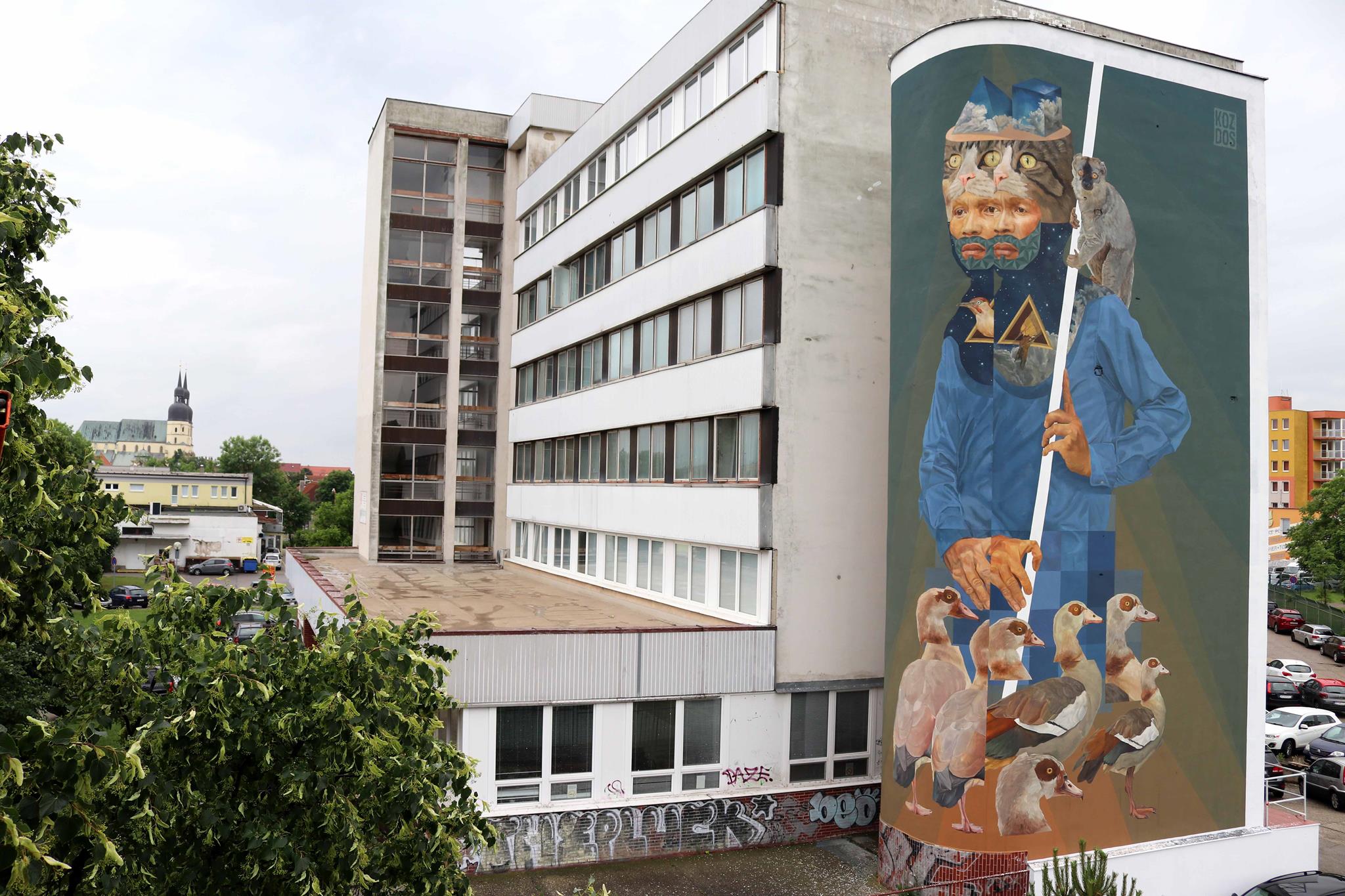

And the ideal for me is to find an integration through the plastic arts. Having said that, everything became an adventure, since I began to study even more the drawing, the figure and the color. Always looking for what I did naturally and empirically became more and more conscious and professional. First I started with walls a little bigger according to the tools I had around me, first a bench or a chair, then to use stairs and scaffolding. The characters at first were only portraits, then had hands and body parts, but these parts were caricatured. Then I realized that it was necessary to be more proportionate leaving aside the few caricatured features that conformed it, and there began the integration of more symbology, integrating more animals and objects, in a parallel way, so I began to give importance to the backgrounds of the murals. I have always liked geometry and graphic aspects, therefore I began to implement it in the research and everything was taking more shape. It was about the paint in larger formats using the appropriate machinery for this type of work, machinery that allow to intervene large format walls and to reach unusual sectors.

We are now with the thoughts in the height and with large murals. But what about small paintings on canvas? Or on wood or metal or other materials. What else do you paint on besides house walls? And where are the differences?
I have always been used to painting in the street, but since a few years ago I have been painting constantly on canvas and I can talk about it from my point of view. It is totally different, and there are many differences, working on canvas whether it is small or large format is extremely intimate. In my case I like both surfaces, canvases and walls, and it seems to me that the connection that you can achieve with both surfaces are very special. At the moment of painting on a canvas or working in the workshop apart from being intimate it is something more analytical, of study and reflective, since that work will be fed to the next one. Of course this is very subjective, everyone has their own way of working and all are valid but personally. It is a moment when you lose yourself in the painting, while painting in the street, depends on many factors, especially the time, you have a deadline, another factor to consider is the weather. You can have changing or stable climates making the project a challenge in terms of problem solving. So each project is different in all aspects. Painting on the street gives you speed, versatility, spontaneity and problem solving. And studio work gives you more analysis, preparation, comfort and intimidation.

On the other hand, in my case, the workshop work nourishes the street work and vice versa. That’s why it is important to be open to learn because very interesting things come out when you are working for a while in the workshop and go to the street and the other way around. When you come from painting a beautiful wall and go to work in your studio, you come back with new ideas and concerns.
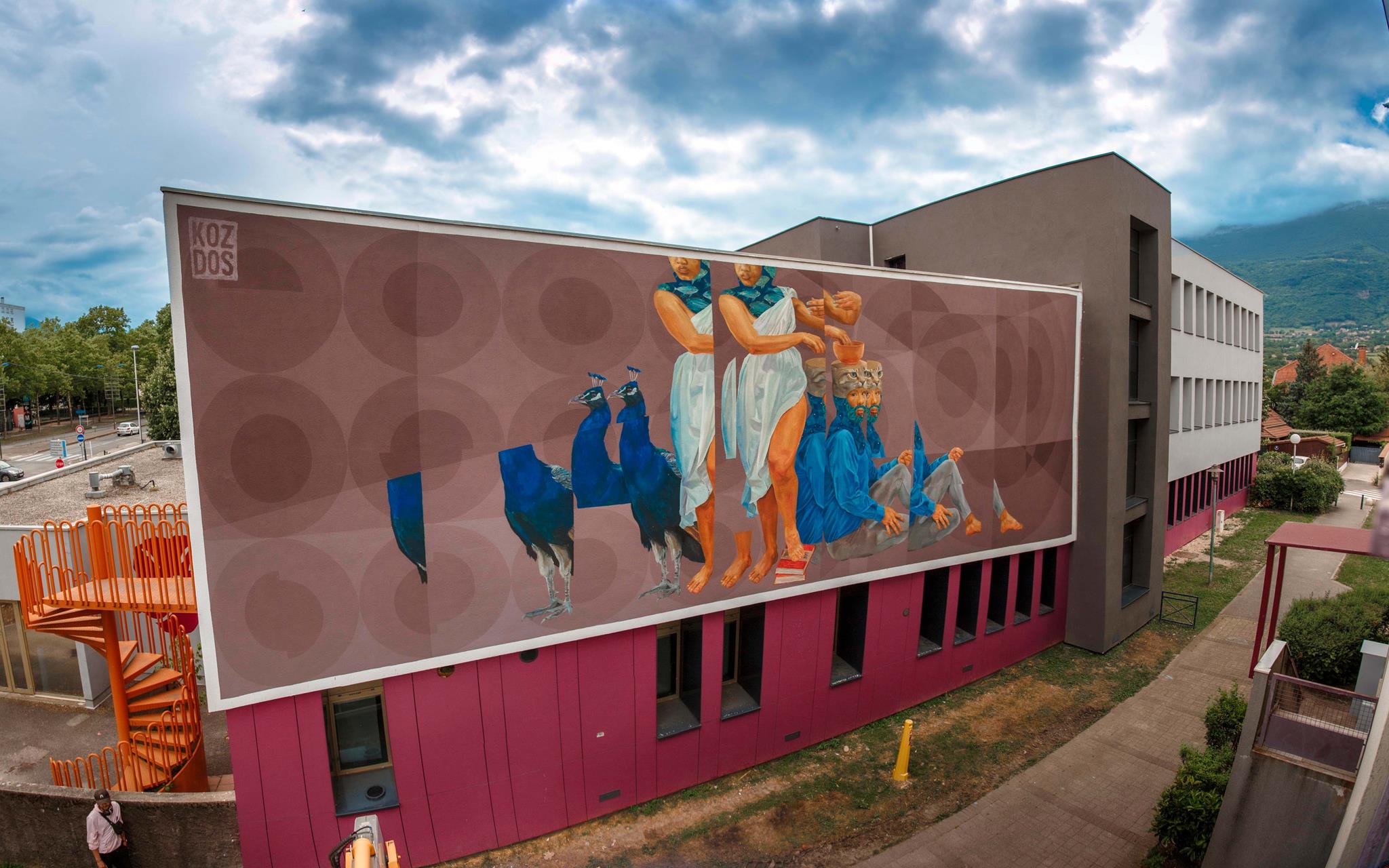
Another difference is that a mural or work in the street is part of a whole. This piece dialogues with its environment, with the architecture of the place and the elements that are there. This is integrated becoming part of that environment. Now being a modified space which becomes a new whole, a canvas, to be more specific, a two-dimensional painting, it stands on itself, on those four corners. It is not part of anything, it is itself, that is why it is very different. Besides we have to take into account the techniques or plasticity, even if they are similar. Each surface in this case, wall or canvas, moving away from the concepts or symbolism, have different ways of absorbing the plastic languages. Each material has its own plastic richness at the moment of being part of any surface. This is already according to each person, according to their intentions and pictorial research, and what they are looking for their work plastically. I would say that both have their differences, but they are differences that feed each other. Adding something more, the beauty of this is that with both you can get to have that special connection that gives you to create, but the same is reached in different ways especially when you start to apply paint on any of the two supports. The connection that only the crazy ones are fortunate to have, in this case thanks to the arts!

Have you had any exhibitions yet? Like presenations of artworks that fit into a gallery. And do you have any upcoming events in the near future?
Yes, we have had several group exhibitions in countries such as Venezuela, Spain, United States, Switzerland, France, Italy, Israel among others. Regarding exhibitions, we will soon be exhibiting in Rome and we are currently preparing several works for other exhibitions to be held throughout the year and we have a nice surprise there; in terms of mural projects, at the moment we have some commitments in several countries in Europe.

Tell us more about what materials you use to create your works. What colors, so certainly not just spray cans, but a variety of things. What do you like to use, and what don’t you use? With the large works, there are certainly situations where you often have to be inventive.
The murals basically we use the same materials in each mural. The type of paint we usually use is acrylic enamel and sometimes spray depending on the wall and what the work asks for. For these interventions we usually use tools such as brushes and rollers, on the other hand, depending on the wall and its environment we use all kinds of cranes. We always seek to work comfortably depending on the work and our schedule for that project and since all projects are different there is a previous study of the location of the wall. From the pre-visualization of the climate, the elements that make up the space, if it becomes the case the elements that are in the wall windows, roofs, holes, doors, wires, cables, electrical boxes and everything around. We also take into consideration the state of the wall and its texture, the sunrise and sunset, which gives us an idea of the hours that we will work with direct sun and shade. This is very helpful when working with color since the direct interaction of the sun with the paint applied on the wall gives an alteration in the visualization of the color in relation to the colors of the reference to be painted, observing the colors in a different way when there is shadow. This only happens when the sun hits the wall directly while painting and an approximation of the color to be recreated is sought.

In the works of taller at the moment we are working with acrylic paint for the paintings and for the drawings depending on what we want to do. We use mixed techniques taking us to the plastic exploration of each material which submerge us in a constant exploration as we use different materials in some cases. Basically these are the materials and tools with which we have been working in the studio, deepening more and more in our research and plasticity. We are not closed to work with new materials, we firmly believe that each material gives endless possibilities and that enriches the work and nurture of our concerns.

Despite different countries, the “power” of art is the same everywhere. You can’t make art and creativity “go away”. Those in power do their thing, but urban art and graffiti is always in rebellion and trying to convey messages of freedom, protest and non-conformity. I think you feel similarly and want to convey messages to people. You want them to be impressed by the artwork, of course, but you also want it to make them think. The bigger and more impressive, the more people will get the message and see you as an artist at the same time.
Excellent question, we have always said that we work in function to art and our commitment is primarily with art, but this involves many things, at the same time, whether we want to communicate something or not. When you intervene a space or modify something you are communicating, because the way we were encoded, we manage through symbols and concepts. So when someone says that my intention is not to communicate is questionable, because depending on the viewer who interacts with the work will get information whether it is obvious or not. That happens in a conscious or unconscious way because there are symbols, and the symbology does not necessarily have to be literal or obvious. There is symbology in everything, whether you do it intentionally or unintentionally.

But here is the debate, we can all communicate but what kind of infringement depends on each one. Is it about to do it purely aesthetic, conceptual or strategically to sell a product. One point is that our general behavior is the decision of each one and we have to respect it. But it is unfortunate to be alienated from so much information, to deviate involuntarily and be so complacent with the whims of some, so it is very delicate to intervene a public space. It is known that whatever you do, you will have an impact on all people who pass through the place, so you have to be very tactful and think of the other before acting. So in particular, we try to give a positive message or make a criticism that invites reflection to generate a change, an individual change that gives light or a positive glimpse to the collective, making a palpable difference that leaves a mark on the next generations. Despite the great responsibility of being a visual communicator for personal concerns we try to make a universal art, which has no borders and that the concept do not only concern a few, but involves everyone from the youngest to the oldest.

So like with the concept of “each one teach one”. The olders teach the youngers their knowledge and wisdom, and the youngers bring in innovation and new ideas.
Yes, we like to focus or give more relevance to the younger ones because we know that they are the generations that will make the change for the next ones, even though we are no longer here by that time. Another reason is to give accessibility to art to invite them not only to conceptualize, but to dream that it is possible to have an artistic career, no matter where you are from, your economic status, your geographic situation and even if you had a hard life or not. And this applies even if you want to be an artist, a doctor, a lawyer or whatever you want. This covers many things, let’s not forget that human beings are an example and especially the youngest, we not only throw concepts and influence in an aesthetic way, we also influence with our way of thinking, dressing and speaking. Now answering the specific questions, of course art can have an impact and more. From transmitting emotions, inspire or simply asking yourself questions. Not because I am a painter I say it, I say that art in general is powerful, and you can find it everywhere. There is that sublime connection that we human beings make with that something so special that no matter how much we want, we can not describe. And we all have that. It is like love and everything we do when we use our senses, our hands and leave a mark. We make art, of course. But what kind of art? I mean this speaking in general, and speaking specifically of painting, it is magic. Thank God I have the privilege to experience something so beautiful beyond my professional and selfish interests.

Above all, art is free and, as you said, without boundaries and fences. We create these for ourselves, sometimes for the good and also for protection, but often they are reductions and we are restricted. You should let your artistic ideas and inspiration flow and not let them get you down with new ideas. What tips do you have for other creative people?
Talking about which path is good, I really do not know. Everyone is free to do what they want and we have to respect it. But it is always welcome something that invites you to reflect, to change, to give you freshness and to bring something positive to humanity. Something that inspires you to change, to improve, to deepen or just to relax. All paths are good, everyone has their own path, none is better than the other. The important thing is how we walk it and how we take our steps. I chose this because I always liked it. Since I was a child I always called my attention to everything related to doing, with the manual. I could not say why, but when you like something, you do not have a logical explanation, you just like it. As I mentioned before, I started doing traditional graffiti, like every kid who starts painting in the street, almost always everyone has the same aspirations to scratch as much as possible and in different places, I always liked it. But as time went by I realized many other things and I saw that no matter what I did, it generated changes in people. No matter if positive or not, but it generated a reaction, as if I was painting some simple letters. Of course, I was always very demanding with myself, and I was looking for constant improvement in all senses, technique, originality and development, that brings you daily improvements consequences. But at that time I never cared about what others painted and that made me see beyond.

Tell us more about your development as an artist, how you percieve the artworld, your surroundings and your own art. Of course it has continued changing a lot and it embraced even more over time.
When I realized I was already painting bigger and bigger walls, but it was because I paid more attention to the work I was doing, then I began to dialogue with the other’s needs and concerns. When I reached this point, and saw that the impact was growing, I began to look more inward and I realized many things. I realized that I painted in the street because I had no access to art since I was a child. Even though I loved it so much and I was passionate about it, I did not have a conscious access. When you are a kid you depend on your surroundings and my environment was focused on other things. I went to museums when I was already grown up and that invited me to share what I do with children and young people. Because I know what it is to be distracted or to live in an environment in which the priorities are, to work, to take care of yourself, to survive. Where you create personalities for yourself in order to get ahead when in reality what you want is to live peacefully and enjoy life. Living in a hostile environment is not pleasant and even less for young people who are forced to mature before their time, turning off that beautiful light with which they are born, leading them to go through life in darkness, even doing things they do not like. And that applies to any profession not only to the arts. I am talking about young people who are performing a profession very different from the one they really like, turning off their illusions.

As an example, I studied computer science because my environment induced me to that and if you do not have the maturity and do not listen to yourself, you run the risk of following with aspirations that do not belong to you or to have a secure life. Thanks to God and my personality I changed my career and studied art! A little late but it must have been for some reason, that was the best choice. Not because it was art but because it is what I like and what I am passionate about. Instead of dreaming of being criminals because that is what we know and dreaming of being someone we are not because of our conditioning, we can dream of being painters, musicians, dancers, actors, doctors, lawyers, ecologists, cooks, biologists, mathematicians, whatever we dream of, whatever we want, whatever we feel like. This is one of the reasons why I create and develop my ideas and share what I do with everyone. No matter which colors, languages, classes, sectors, religions, minds, brightnesses and all the other reason I still do not know. But I know it is something personal. Still I do not really know why, but when I know I will gladly tell you.

INFOTHEK
![]() Artist: KOZ DOS
Artist: KOZ DOS
![]() Facebook: https://www.facebook.com/koz.dos
Facebook: https://www.facebook.com/koz.dos
![]() Instagram: https://www.instagram.com/kozdos
Instagram: https://www.instagram.com/kozdos
![]() Flickr: https://www.flickr.com/photos/kozdos
Flickr: https://www.flickr.com/photos/kozdos
![]() Photographer: KOZ DOS
Photographer: KOZ DOS
![]() Photographer: ANDREA BERLESE
Photographer: ANDREA BERLESE
![]() Website: https://andreaberlesephotography.myportfolio.com
Website: https://andreaberlesephotography.myportfolio.com
![]() Instagram: https://www.instagram.com/andreaberlesephotography
Instagram: https://www.instagram.com/andreaberlesephotography
![]() LinkedIn: https://www.linkedin.com/in/andrea-berlese-videographer-photographer
LinkedIn: https://www.linkedin.com/in/andrea-berlese-videographer-photographer



MORE ARTICLES ABOUT VENEZUELA
>>> Caracas – City Reportage <<<
>>> Streetart Venezuela <<<
>>> Choroní and Henri Pittier <<<
>>> Castillo San Carlos de la Barra <<<
>>> Mérida – Adventurous Sports <<<
>>> Coro and Médanos Nationalpark <<<
>>> Barquisimeto – Nueva Segovia <<<
>>> Puerto Colombia and Chuao <<<
>>> Maracaibo and its Lago <<<
>>> Isla de Toas and Swimming Villages <<<
>>> Mérida – City Reportage <<<
>>> Perros Durmiendo <<<
>>> Arte Venezolano <<<
